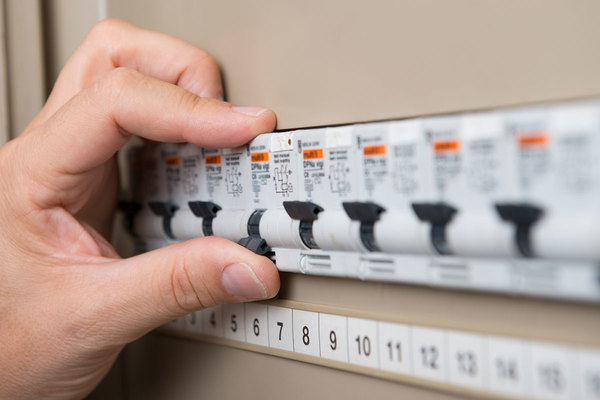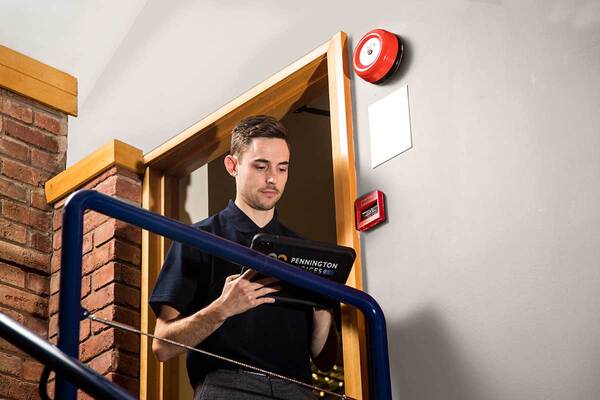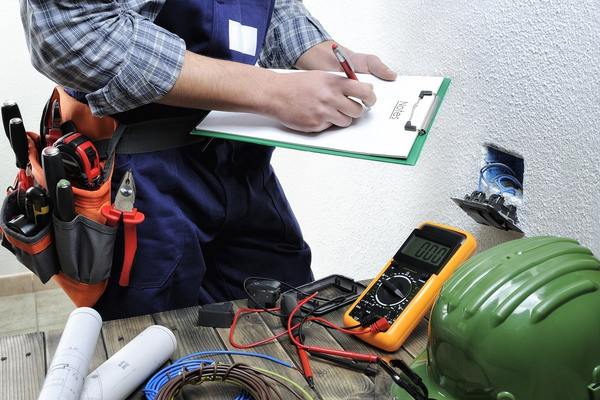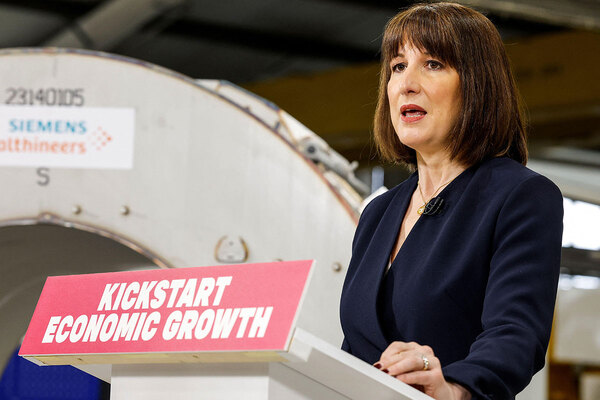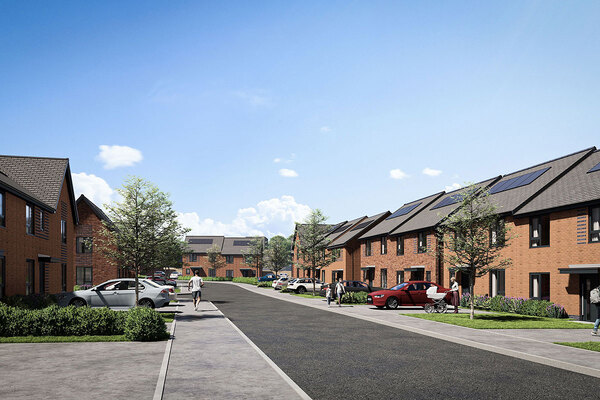You are viewing 1 of your 1 free articles
Nine in 10 providers do not have in-date electrical condition reports for all properties
Social housing providers run the gauntlet of seeing their properties fail electrical safety standards after it was found only 10% of providers surveyed had in-date condition reports for their entire portfolio.
A survey of 128 organisations, including local authorities and housing associations, found that as few as 10% of respondents said all of their properties and blocks had an in-date electrical installation condition report dated within the last five years.
More than one in 10 of respondents said that less than 80% of their stock had an in-date condition report less than five years old.
The survey, undertaken by Inside Housing in partnership with Pennington Choices, the consultancy, found that a number of compliance gaps remained in many provider’s portfolios.
This included 78% of respondents saying they didn’t have a gas safety record for all of their properties. Of these, 5% said that they didn’t have a gas safety record for fewer than 80% of their properties.
Other parts of the survey showed that nearly 30% of providers didn’t have an in-date fire risk assessment for all of their blocks, and one in 10 didn’t have an asbestos management survey for all their blocks that required it.
In addition to questions about compliance performance, the survey also looked at the main issue facing asset management professionals in the social housing sector. When asked which area of compliance landlords found the most challenging, 42% of respondents named fire risk assessments, with the next highest being asbestos management and repair.
The survey also looked ahead to changes being brought in under post-Grenfell legislation in the form of the Fire Safety Bill and the Building Safety Bill.
When asked what they saw as the biggest challenges around the new regulatory requirements, a quarter said getting the right IT systems in place, 21% said satisfying golden-thread obligations and 17% said appointing building safety managers.
In terms of employing new building safety managers to look after buildings that come under scope, a quarter of respondents said they had employed building safety managers and booked them on a level 6 building safety course to become registered, 29% said they had drafted plans, while 31% said they didn’t know yet.
George Paterson, director of property services at Together Housing, who took part in the survey, says that while his organisation was compliant in each of these areas, COVID-19 could have been one of the reasons some organisations were struggling to get to 100%.
“At the start of the pandemic and some of the past year, it was a real struggle to get into people’s flats. The fear of COVID-19 has certainly diminished now we’re out of lockdown, but there’s still a bit of a lag.
“Apart from existing cases, there should be no excuse for people not to be very close to 100% compliant now. Extreme cases could be that some tenants have medical conditions or, in some cases, end-of-life care, where it’s impossible to do a proper full electrical check.”
Respondents to the survey cited fire risk as the most challenging aspect of their management areas that they need to ensure meets compliance.
Sign up for our daily newsletter
Already have an account? Click here to manage your newsletters
